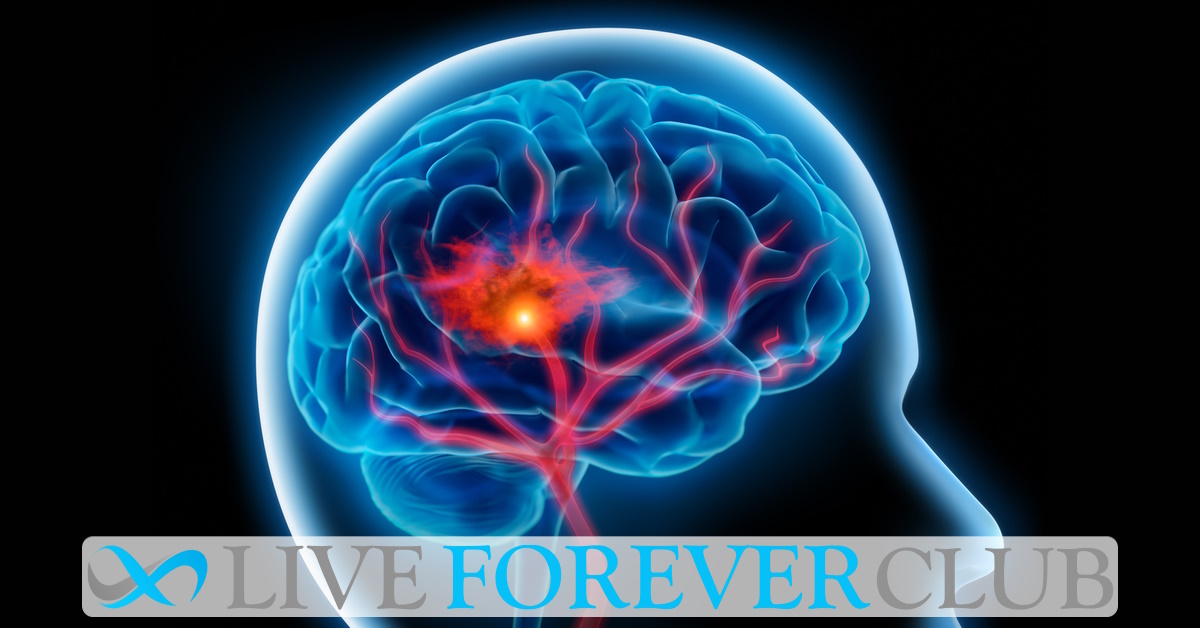Key points from article :
Restoring mobility and sensation of touch in stroke-afflicted rats, successful.
Done by reprogramming human skin cells to become nerve cells.
They were then transplanted into the rat cerebral cortex (often damaged after stroke).
6 months post-transplantation, new cells had repaired the stroke-damaged cells.
Conducted tracking techniques, electron microscopy, switching off activity in transplanted cells(TCs).
As a way to show that they really have connected correctly in the damaged nerve circuits.
Fibres from TCs have grown to the other side of the brain where there are no TCs.
Future studies on how it affects opposite hemisphere and intellectual functions, side effects.
Research by Lund University in Sweden, published in PNAS.






